Resources

Cláudio Carvalhaes Associate Professor McCormick Theological Seminary All of the schools under the Association of Theological Schools are required to have a very clear and strong sense of educational effectiveness. One of the ways to gauge such effectiveness is by evaluating to what extent a course meets its stated ‘learning
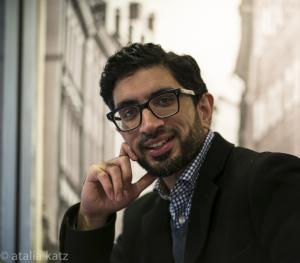
Youshaa Patel Assistant Professor of Religious Studies Lafayette College My primary objective as a professor is to nurture my students’ ability to think critically. Given the rising tide of Islamophobia and the increasingly acerbic rhetoric targeting Muslims in national political discourses, however, I consider developing their empathy and compassion an.
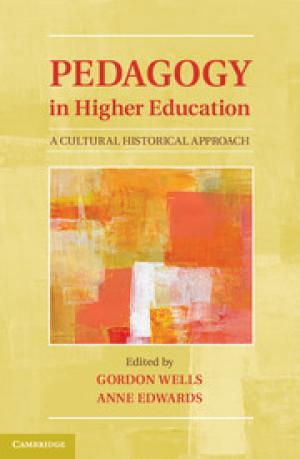
This book poses a central question: “What can Cultural Historical Activity Theory (CHAT) contribute to the solution of the problems facing higher education today?” For faculty teaching in theology and religion, there are further questions: do faculty agree on what the authors propose are higher education’s problems? Is CHAT theory valuable as an organizing resource in our field? And if so, is this the book that will be most useful to faculty for their work? Wells and Edwards have assembled contributions from scholars from all over the world, many in education and many with some interest in sociocultural approaches to teaching and learning. They take a long view on changes in higher education: “[I]n the past two centuries, there have been several specific changes in the ways higher education has been expected to perform its functions for the benefit of the larger society” (1). For example, higher education now functions more like a business than it has in the past (which diverts faculty energies to grant-writing and its associated research). There is more student diversity, although “several categories of young people are still largely excluded” (3). In larger universities, huge class sizes create teaching that amounts to little more than “delivering the curriculum” – which then affects not only pedagogical strategy, but student learning outcomes as well. The editors call for different kinds of pedagogy to meet the new kinds of learning that are needed, such as active learning, undertaken in collaboration with others, in which relationships, emotions, and motivation are taken into consideration as much as cognitive dimensions (4). Higher education should be “not only a preparation for a career but also a basis for lifelong learning as an informed and engaged contributor to the wider society” (4). The book has two main sections. The first section is focused on teaching and learning, the second on “relations between institutions of higher education and the professions for which they prepare their students” (12). This is where some of the disadvantages of this text for theological educators become apparent. First, there is a heavy emphasis on undergraduate education – and enormous lecture classes are not necessarily the context in which most teach. Second, the lens through which educational trends and needs are explored is a somewhat esoteric theory (CHAT) not widely discussed in theological education circles. Finally, the majors the authors use in their examples are not related to theology and religion. When a book costs as much as this one, it needs to be worth the cost. For most faculty in theological institutions, this is probably not the best investment to make. That is not to say this is not a good book; it simply is not the best investment when choosing teaching resources tailored for theological school contexts.
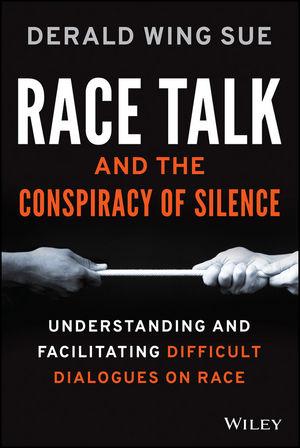
This is a book finding its time, perhaps just in time. A sequel to Microaggressions in Everyday Life: Race, Gender, and Sexual Orientation (2010), Race Talk and the Conspiracy of Silence offers the fruits of a ten-year period of research and observation of participants engaged in difficult conversations on race, racism, Whiteness, and White privilege. The purpose is fivefold: (1) to uncover the reasons that race talk is difficult, (2) to expose the explicit and hidden rules that govern how race is discussed in U.S. society, (3) to illuminate the detrimental consequences of a failure to honestly dialogue about race, (4) to outline the benefits of successful conversations on race, and (5) to propose solutions in overcoming obstacles to honest racial dialogues (xii). Sue accomplishes this purpose with clarity of style and balanced tone. The first section defines race talk, its characteristics and dynamics, and then explores in chapter three the conflicting race realities in White Talk and Back Talk. “Race talk is truly a clash of different racial realities in which people of color and Whites perceive race issues in opposition to one another” (xiii). Through vignettes, questions, and psychologically adept analysis, Sue offers a compelling view of the ideological, psychological, and historical factors that do create radically opposed racial realities. He gently uncovers the realities whites are disinclined to see, and demonstrates the lived realities of people of color – all while shaming none. I particularly valued his argument for and demonstration of the importance of emotions in the classroom, with any redress of race talk requiring truly receiving and sitting with the wisdom that arises within emotional connection and disconnection. The second section highlights the hidden ground rules embedded in society, academic settings, and one’s self that serve as barriers to honest race talk. Here you can find guidance and modeling for academic habits that consistently cloak racial realities. The third and fourth sections address, separately, why it is difficult to honestly talk about race. For people of color, “What are the consequences for saying what I mean?” and “To speak or not to speak, that is the question.” For whites, “I’m not racist!” and “I’m not White, I’m Italian.” Group considerations are also examined, difficult dialogues between groups of color. The final section invites reflection by parents and teachers talking about race with children; namely, “taking responsibility for change means overcoming the inertia and feeling of powerlessness on a personal level” (214). Racial awakening happens in encounters that challenge preconceived notions, so Sue encourages such encounters with guidelines: (1) learn about people of color from sources within the group; (2) learn from healthy and strong people of the culture; (3) learn from experiential reality; (4) learn from constant vigilance of your biases and fears; and (5) learn from being committed to personal action against racism. To encourage you to get the book, I particularly appreciated Sue’s list of ineffective strategies, “Five Things Not to Do,” followed by eleven potentially positive actions. A lengthy volume, Race Talk and the Conspiracy of Silence should be required reading for educators of all levels.
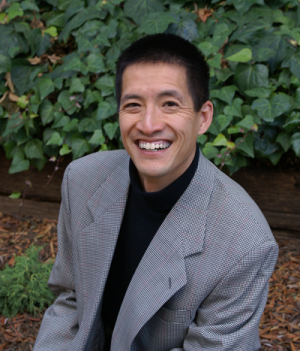
Tat-siong Benny Liew Class of 1956 Professor in New Testament Studies College of the Holy Cross If you can remember a time when you kept track of your appointments by writing them on a huge calendar pad that took up half of your desktop (and you know that “desktop” once
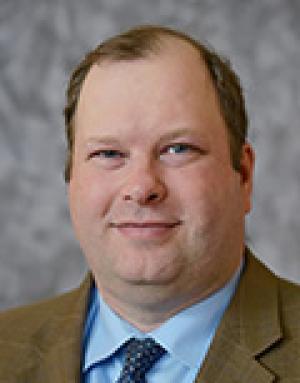
Derek Nelson Associate Professor of Religion Wabash College On February 17 the Wabash community got word that police were on the campus looking for a suspect in a double murder. As it turned out, the suspect was an employee. He had taken a college van, and later ended his life
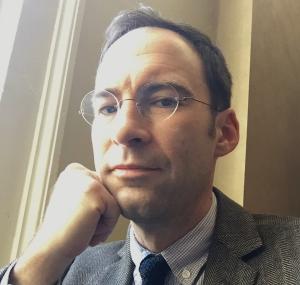
Caleb Elfenbein Assistant Professor Grinnell College Last year, I began asking students in my Islam, gender, and sexuality course to write a paragraph about what they think it means to study these topics from a humanistic perspective. It’s the first thing they write for the course. This year (as with...

Nancy Lynne Westfield Associate Professor of Religious Education Drew Theological School The intent of racism is to dehumanize. Consequently, a prevalent strategy of racism is to convince caring people that non-white people are lacking - lacking in values, lacking in character, lacking in abilities, lacking in that which makes for
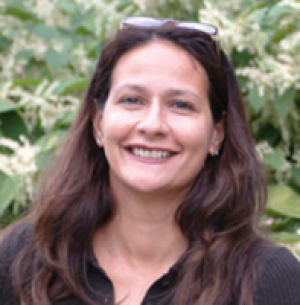
Sufia Uddin Associate Professor Connecticut College Since 9/11, colleges and universities have increased their course offerings in Islamic traditions and Muslim cultures. Yet, it seems that anti-Muslim rhetoric is everywhere. In Caleb Elfenbein’s recent blog, he points out that our students know only the world with our “war on terror”

Cláudio Carvalhaes Associate Professor McCormick Theological Seminar To teach is to create worlds. Worlds known and unknown, worlds that we will visit and be visited by, worlds that will haunt us. Worlds that we hope students will engage in many ways. Worlds that hopefully will show the ways in which
Wabash Center Staff Contact
Sarah Farmer, Ph.D
Associate Director
Wabash Center
farmers@wabash.edu